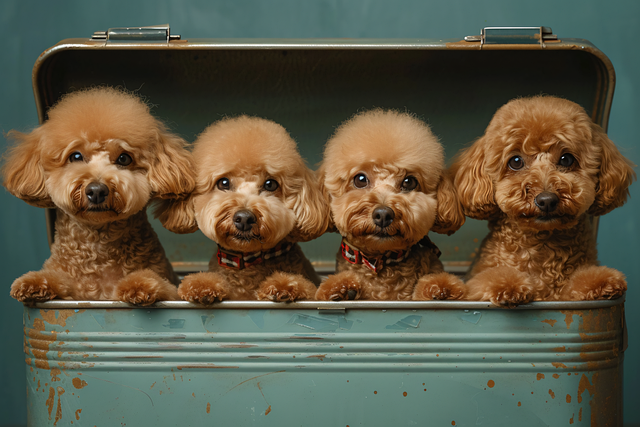
How does CBD affect puppies
Imagine you’re a new puppy parent in New York City, scrolling through social media while your 12-week-old golden retriever pup, Milo, chews on a shoe.
Labrador Retrievers are often seen bounding through parks with endless energy, leading many to assume they require constant physical activity. While it's true these athletic dogs thrive on movement, their exercise needs go far beyond just burning calories. Understanding the balance between physical exertion and mental engagement is key to raising a truly happy Labrador.
Most healthy adult Labradors need about 60-90 minutes of vigorous physical activity daily. This doesn't mean simple leashed walks around the block - these sporting dogs crave purposeful movement. Swimming sessions tap into their water-loving heritage, while fetch games satisfy their retriever instincts. I've found that alternating between different activities prevents boredom; try mixing jogging one day with agility exercises the next.
What many owners overlook is the mental stimulation requirement. A tired Labrador body means little if their active mind remains unengaged. Food puzzle toys that make them work for treats, scent games where they hunt hidden objects, and short training sessions teaching new commands all provide crucial cognitive challenges. One client saw her Lab's destructive chewing disappear simply by introducing 15 minutes of nose work daily.
The magic happens when physical and mental exercises combine. Instead of just throwing a ball, hide it and let your dog search. After a swim, practice recall commands from various distances. This dual engagement satisfies their working dog heritage while preventing the hyperactivity that comes from physical-only routines. Studies show Labs receiving balanced exercise display 40% fewer behavioral issues.
For American families, practical implementation matters. Morning could include a 30-minute walk with training commands, while evenings feature puzzle feeders and a game of find-the-treat. Weekends might bring hiking adventures where your Lab carries a lightweight pack. Remember - consistency beats intensity. Three shorter, varied sessions often work better than one long repetitive workout. Watch your dog's response; a content Labrador will have relaxed body language between activities rather than constant restless energy.
Adjust exercise as your dog ages. Puppies need shorter, frequent play sessions to protect developing joints, while seniors benefit from gentle swimming and modified mental games. Always consult your vet about your individual dog's needs, especially if you notice limping or excessive panting. With the right balance of physical and mental challenges, your Labrador will be that perfect blend of tired and fulfilled - the hallmark of responsible dog ownership.

Imagine you’re a new puppy parent in New York City, scrolling through social media while your 12-week-old golden retriever pup, Milo, chews on a shoe.
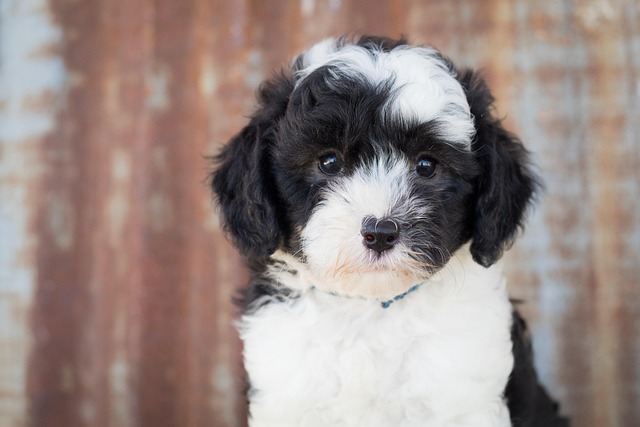
Picture this: your Labrador, Luna, just delivered six squirming puppies in your Chicago apartment. Overwhelmed by their tiny whimpers
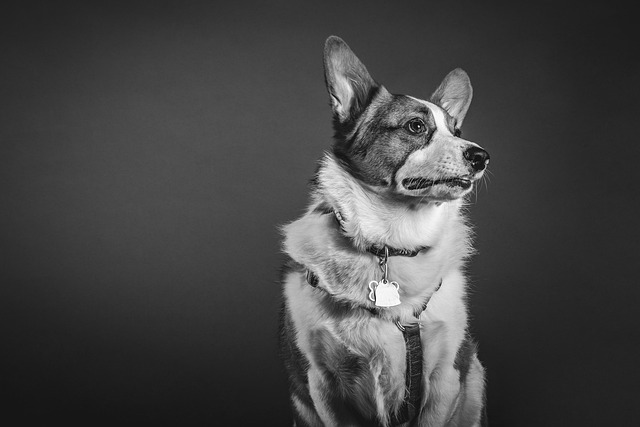
Nothing breaks your heart faster than seeing your usually energetic pup curled up, refusing treats and whining in discomfort.
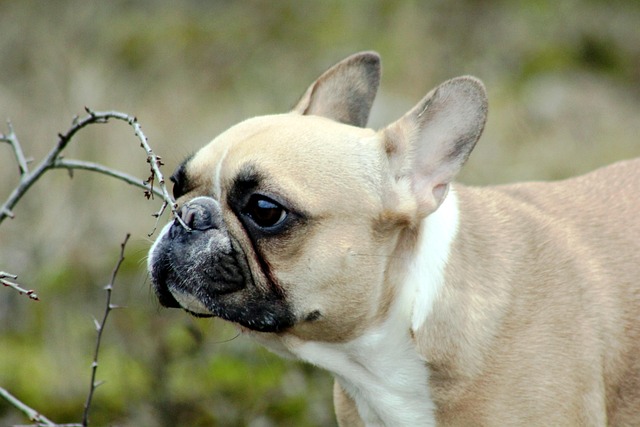
Finding a thin layer of short dog hair on your couch, clothes, and even in your morning coffee can be frustrating. While shedding is a natural process for dogs, there are ways to minimize it and keep your home a bit more fur-free.
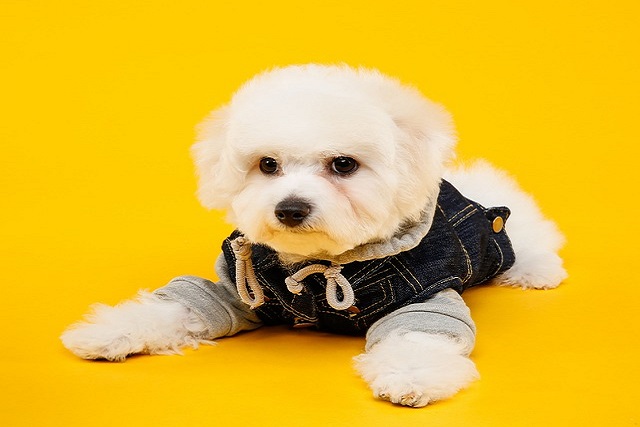
Imagine coming home to your Boston apartment after a quick errand to find your 1-year-old rescue mutt, Milo, has chewed through your favorite sneakers and left a puddle by the door

You’ve just received a noise complaint from your Brooklyn apartment neighbor: your rescue Lab, Charlie, howled relentlessly for two hours after you left.